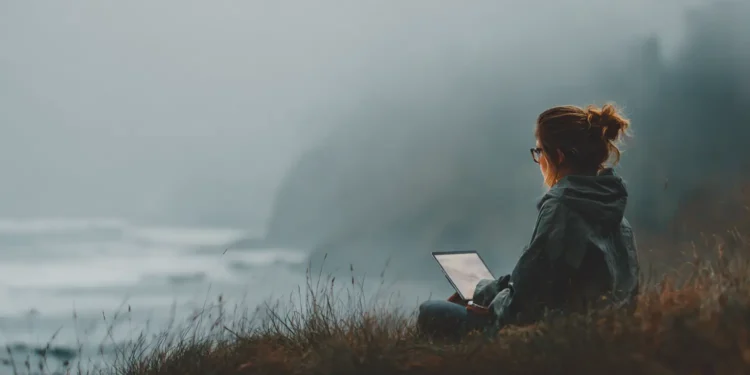When we think of poetry, we often imagine the soulful musings of humans who pour their deepest emotions onto paper through beautifully crafted words. But in today’s ever-evolving world, even machines are trying their hand at this age-old art form. The question is: Can robots truly write poetry that moves us?
The Basics of AI in Poetry
Artificial Intelligence (AI) is designed to mimic human intelligence. Recent advances have allowed AI systems to learn and process language in ways that were once considered impossible. These systems analyze vast amounts of text to understand patterns, structures, and vocabulary. By doing this, they can generate new text that mirrors human-like qualities.
AI writing systems, such as GPT-3 and its successors, are trained on enormous datasets from books, articles, and websites. This training helps them understand the nuances of language and adapt to different styles, including poetry. With the right prompts and guidance, AI can attempt to create poems that resemble those written by human poets.
What Makes a Poem?
Before we can determine if AI can write poetry, it’s crucial to understand what makes a good poem. Traditional poetry often revolves around rhythm, rhyme, and emotion. A well-crafted poem doesn’t just sound pleasant; it resonates with the reader, provoking thought or eliciting emotion.
AI can easily adopt the technical aspects of poetry—such as rhyme schemes and syllable counts. However, capturing the emotional depth and complex human experiences is challenging. After all, AI lacks personal experiences and emotions.
AI’s Achievements in Poetry
Despite these challenges, AI has shown promising abilities. For instance, poetry written by AI can mimic famous poets’ styles, reproduce complex structures, and even deliver surprising metaphors and ideas. In some cases, people can struggle to distinguish between human and AI-written poems without prior knowledge.
- Structure: AI can replicate poetic forms like sonnets or haikus, maintaining correct rhyming patterns and meter.
- Imagery: By analyzing imagery from vast datasets, AI can craft vivid and imaginative descriptions.
- Innovation: AI often surprises readers with novel phrases and metaphors that might not come naturally to human poets.
The Human Element
Even though AI poetry can be technically sound, the question remains: Does it truly move us? Human poets draw from personal joy, sorrow, love, and loss—emotions deeply embedded in our experiences. Poetry reflects our humanity and individuality, something AI inherently lacks.
In collaboration, humans and AI can create intriguing works where AI generates ideas and drafts, and human poets infuse them with emotion and a personal touch. This partnership has led to a novel genre where technology augments human creativity rather than replacing it.
The Future of AI in Creative Arts
While AI may not replace human poets, its abilities raise interesting discussions about the future of creative arts. As AI continues to evolve, it could become an indispensable tool for artists, offering inspiration, collaboration, and even teaching new forms and techniques.
As we ponder AI’s place in poetry, it’s important to embrace its potential benefits while recognizing the irreplaceable value of human emotion and experience. Perhaps, in the coming years, robots and humans together will redefine what it means to be creative.










